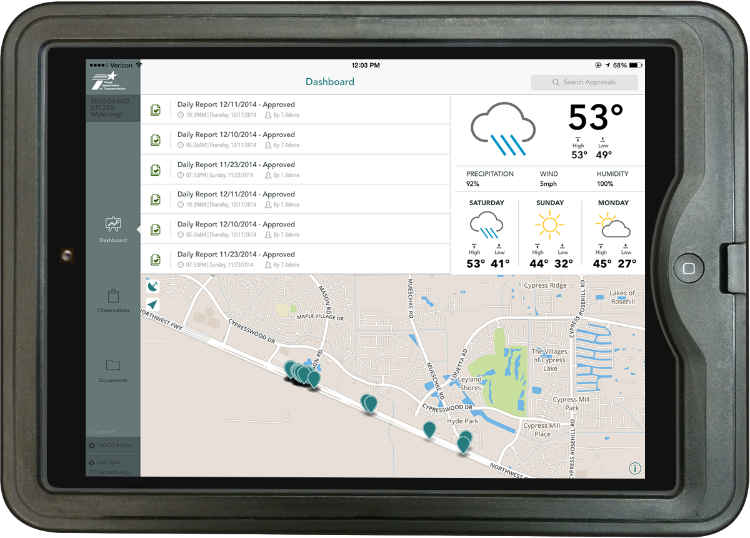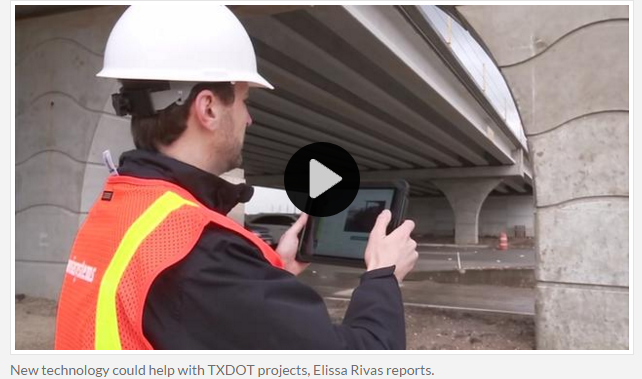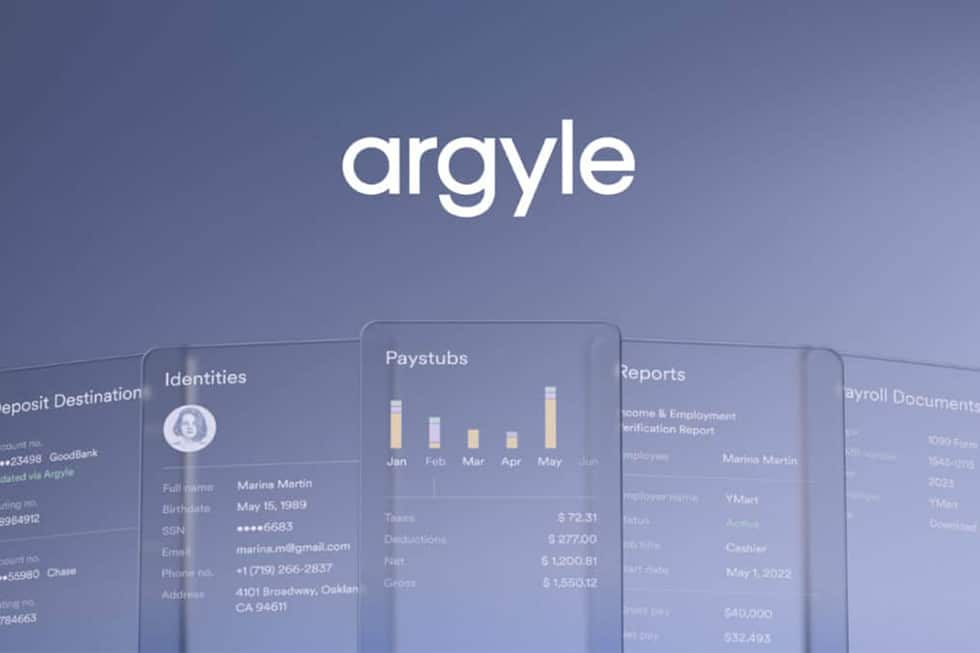Take a pinch of transportation software and blend it with an electronic tablet, et voilà, you now have e-Construction. E-Construction is the movement to transition from a traditional, paper and pen method to using an electronic tablet for collecting data and observations on any given construction project/job site. For example, inspectors are able to collect weather data, equipment and materials data and more. Simply put, e-Construction is poised to take the transportation infrastructure industry by storm.
Agencies, organizations and employees are adopting e-Construction techniques to save time and money each year.
This “paperless” approach has workers inspecting construction sites, accessing planning documents and budgets electronically in the field. Files are shared, photos are taken, documents are scanned and daily inspection reports are transmitted via email. Even document filing is handled electronically. This electronic approach can result in phenomenal amounts of time saved. For example, in a television broadcast, a reporter found that the use of an electronic tablet by a road construction workforce of 397 inspectors allowed it to perform like a workforce of 518. That’s like having an extra 121 inspectors on the job – and not having to pay them!
The outcome and success of agencies that adopt e-Construction depends heavily on whether this new approach is effectively communicated to users.
Let’s look at some of the nuts and bolts of why communication and proper messaging of such a transition is essential for all levels of an organization.
Communicate the return on the transition to digital.
The real return on transformation of documents to digital such as electronic bidding, electronic construction files, digital signatures, electronic filing systems and more comes from implementing new practices into the processes and workflows early on, such that it ultimately becomes a culture of the organization.
Business leaders who take on such challenges of going paperless or digital and succeed are the champions who are able to push their organizations to greater heights regardless of the competitive landscape. These leaders expertly respond to changes and communicate how those changes will impact the structure of their organization, relating to customers and employees while never losing sight of the original vision.
Reap the benefits of collaborating with a stakeholder.
The idea here is that partnerships with both internal and external stakeholders are a component to driving sustainable growth. In fact, industry insights show cooperation can improve business performance, whereas opting out of the communications piece results in a damaging effect, not just on reputation but also on the success of a project. Sure, we’re not here to tell you a stakeholder’s reaction to this communication will be 100 percent positive; however, this is where a well-defined and practical approach comes into play.
Ensure transparency and accountability.
Integrating e-Construction clearly has operational savings (cost, productivity gains and quicker build/inspection time). The communication channels should be put in place so there are multiple touch points throughout the implementation process. For example, once you’ve ensured employees and stakeholders are on board, monitor the progress of implementation, but also communicate the results of monitoring to display a level of transparency within your organization. This portrays an image of striving toward a goal while also looking after individual interests. Additionally, expectations are laid out from the beginning and no group or audience goes neglected.
As you know, communicating a major technological change like e-Construction stretches beyond eliminating paper and is focused on the long-term journey and integration of technology and the use of iPads, iPhones, mobile software and automated workflows. After all, communications is a strategic tool used at various levels of an organization to foster growth, build a strong image, remain competitive and command innovation in the market.
Now that you understand the art, value and importance of communications, do you have what it takes to build out a winning communications strategy? Subscribe to our blog to receive industry insights and tips for communications in the business place.








